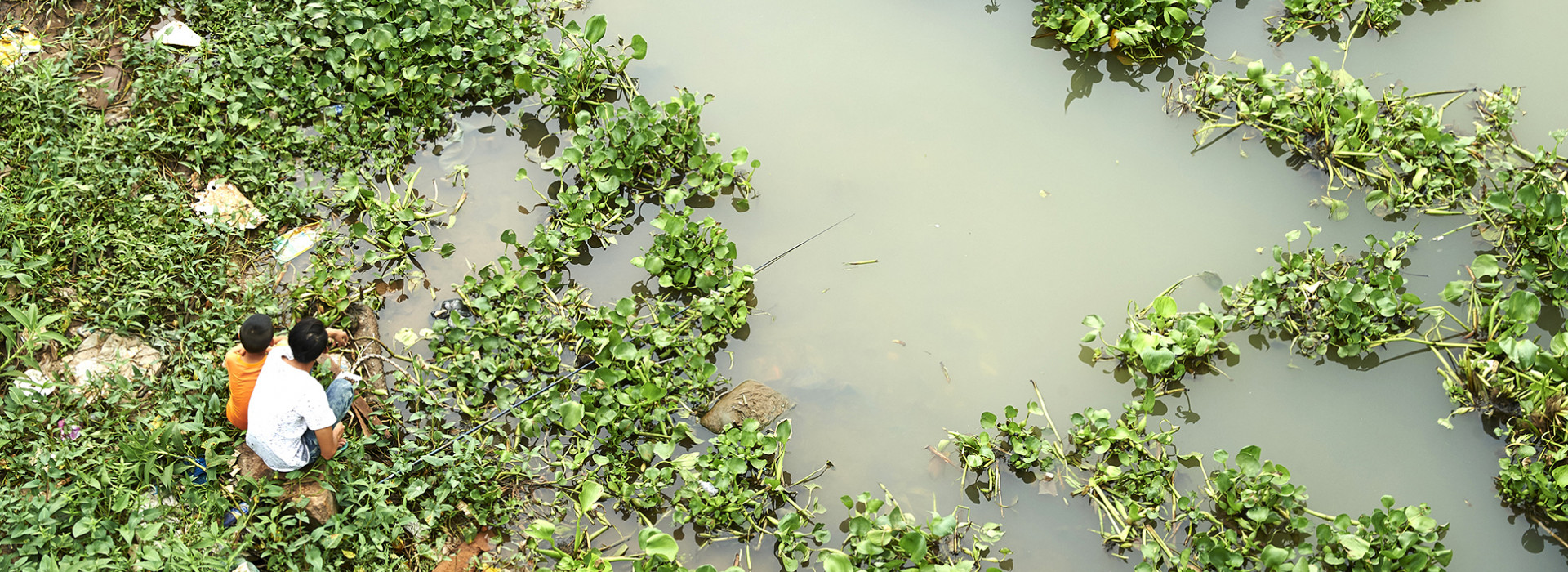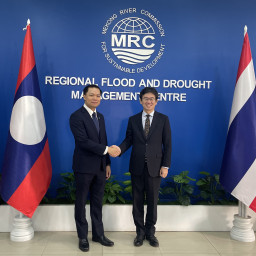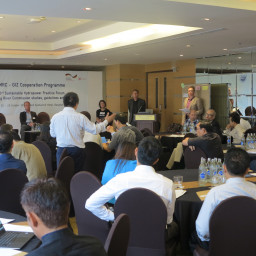Partnership for plastic-free Mekong River
Plastic pollution is a major problem all across Asia. UNEP and partners have been working through the CounterMEASURE project to determine the sources of plastic pollution in the Mekong and Ganges rivers using a novel combination of technologies, including
The Mekong is one of the rivers that carries the most plastic into the world’s oceans. A recent study has estimated that rivers transport upwards of millions of tonnes of plastic into the oceans every year. Some 95 per cent of that discharge comes from just 10 rivers, eight of which are in Asia. Two among them are the Mekong and the Ganges rivers, both of which are the lifeline of hundreds of millions of people in Southeast Asia and India.
Understanding how plastic flows along the Mekong into the ocean is key to reducing its impact and addressing the basin-wide issues around plastic.
That’s why the Mekong River Commission (MRC) Secretariat has partnered with the UN Environment Programme’s Regional Office for Asia and the Pacific to tackle the issues. Through the UNEP’s led-project Promotion of Countermeasures Against Marine Plastic Litter in Asia and the Pacific or CounterMEASURE, we work to identify sources and pathways of plastic pollution in the Mekong River System, using an innovative and replicable approach including machine learning and Geographic Information System.
Funded by the Government of Japan, the CounterMEASURE project runs from May 2019 through March 2022.
Find out more through a CounterMEASURE’s dedicated website: https://countermeasure.asia




